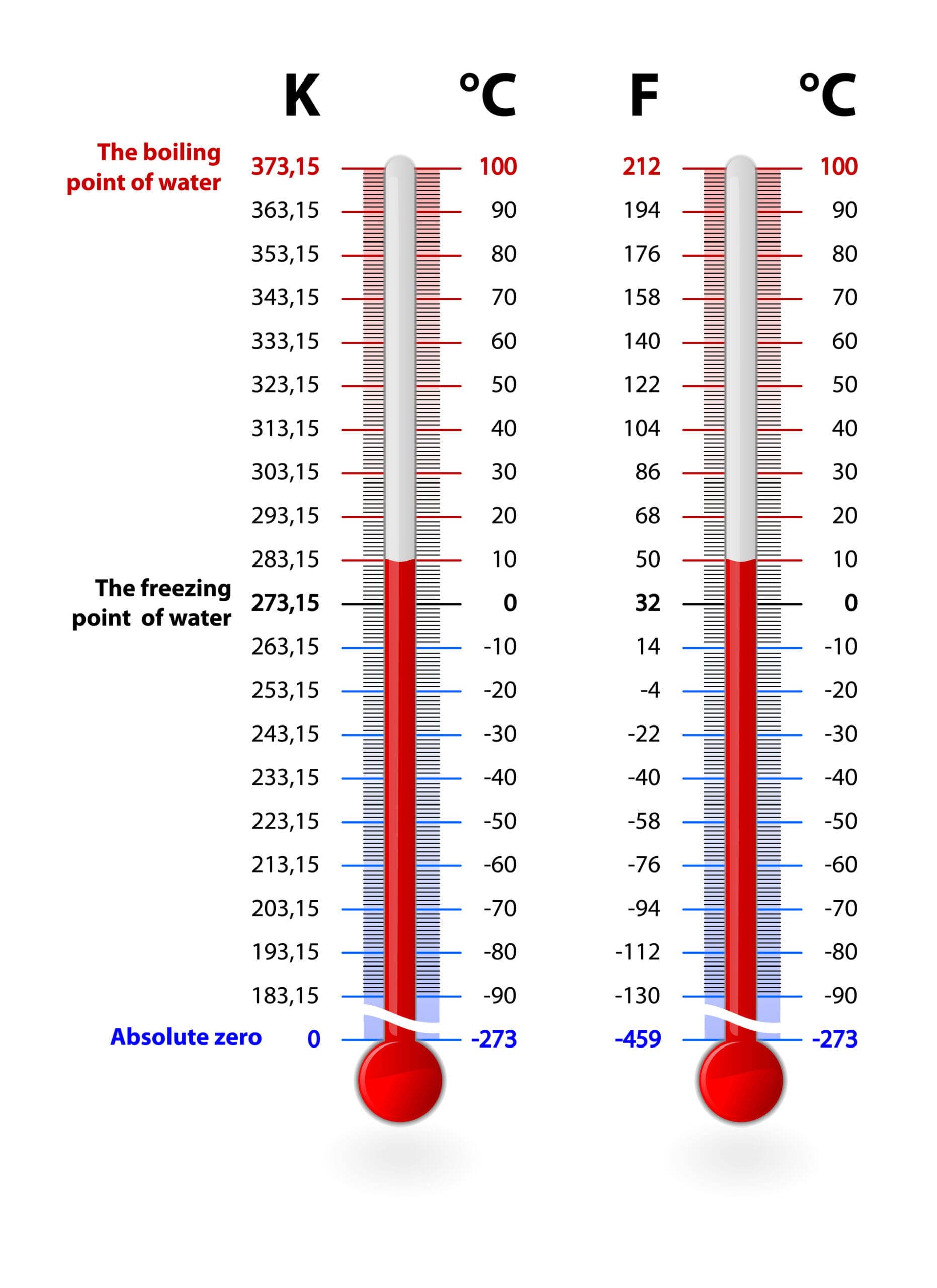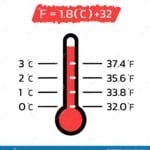Decoding 36.7 Celsius: What Does It Mean for Your Health?
You reach for the thermometer, a feeling of unease creeping in as you glance at the reading: 36.7 degrees Celsius. Should you be concerned? Is it time to raid the medicine cabinet? Let’s decipher what this temperature actually means.
First, let’s convert 36.7 Celsius to the more familiar Fahrenheit. Using the formula (°C x 9/5) + 32 = °F, we find that 36.7 degrees Celsius equals 98.06 degrees Fahrenheit.
But what does 98.06°F signify for your well-being? While 98.6°F is often touted as the “normal” body temperature, it’s crucial to remember that this is just an average. Your personal “normal” might differ slightly, influenced by various factors.
A reading of 98.06°F is quite close to this average, so it probably doesn’t warrant immediate alarm. However, if you’re feeling unwell, even a slight temperature increase could suggest your body is combatting an infection.
Pay attention to how you feel. Are you experiencing chills, body aches, or a headache? These could be signs that something else is going on. If you’re concerned, it’s always wise to contact your doctor for personalized advice.
Understanding temperature scales and their implications is vital for managing your health. While a single reading like 36.7°C (98.06°F) is likely not a reason to panic, it’s essential to consider it within the context of your overall health.
Remember: This information is intended for general knowledge and shouldn’t replace professional medical guidance. If you have any health concerns, always consult a healthcare professional.
Unveiling the Truth Behind “What is 36.7 Temperature?”
So, we’ve discussed body temperature and its normal range. Let’s focus on a specific reading: 36.7°C (98.06°F). Is this good or bad? In most cases, it’s likely just right.
Our bodies aren’t locked at a single temperature. A healthy body temperature fluctuates within a range – usually between 36.5°C (97.7°F) and 37.5°C (99.5°F). This means 36.7°C falls comfortably within the normal zone for most individuals.
However, individual variations are completely normal. Factors like the time of day, your activity level, and even your age can influence your body temperature.
Here’s a brief overview of these factors:
| Factor | How it Affects Temperature |
|---|---|
| Time of Day | Typically lower in the morning, higher in the evening |
| Activity Level | Rises during exercise |
| Age | Older adults may have slightly lower averages |
| Health | Fever, illness, hormones can all cause fluctuations |
Here’s where things get tricky: 36.7°F. This is significantly lower than normal body temperature and highlights the importance of specifying units (Celsius or Fahrenheit). Confusing the two can lead to serious misunderstandings!
The science surrounding body temperature is constantly evolving. What we do know is that 36.7°C is generally nothing to be concerned about. However, if you’re ever worried about your temperature or experience other symptoms, it’s best to consult a healthcare professional.
Is 36.6 Celsius a Fever in Fahrenheit?
We’ve explored normal body temperatures and fevers. But what about those readings that fall in between? For example, you take your temperature and see 36.6°C. Does this mean you’re getting sick?
Let’s analyze: 36.6°C converts to 97.9°F. Remembering that normal body temperature hovers around 98.6°F, give or take, 36.6°C (or 97.9°F) is well within the normal range. You’re likely perfectly fine!
It’s easy to fixate on numbers, but our bodies are dynamic. A slight temperature fluctuation doesn’t always signal a problem. Still, it’s crucial to listen to your body and consult a healthcare professional if you feel unwell.
Decoding a 100.6 Fever in Celsius
We’ve been discussing fevers, but what about a 100.6°F fever in Celsius? This converts to 38.1°C, categorized as a “moderate-grade fever” for adults. Before you panic, a low-grade fever isn’t always a bad thing. It often signals that your body is fighting off an infection.
Think of it this way: your body increases its temperature to create a less hospitable environment for harmful germs.
However, even though a moderate-grade fever like 100.6°F (38.1°C) might not be an immediate cause for concern, it’s crucial to monitor it. Fevers can sometimes indicate a more serious issue, especially if accompanied by other symptoms.
Let’s break down the different fever classifications:
- Low-grade fever: This is like an early warning system, potentially indicating that something is brewing. It usually falls between 99.1°F and 100.4°F (37.3°C to 38.0°C).
- Moderate-grade fever: Our 100.6°F (38.1°C) example sits here. It’s undoubtedly higher than normal but not usually a reason to rush to the emergency room unless it persists or is accompanied by other worrisome symptoms.
- High-grade fever: This level requires serious attention. We’re talking 102.4°F to 105.8°F (39.1°C to 41.0°C). A fever this high can be dangerous, making it crucial to seek professional medical advice.
Along with a fever, you might experience other signs that your body is fighting something:
- Chills: Feeling cold even when bundled up.
- Sweating: Your body’s attempt to cool down.
- Headache: That pounding sensation in your head.
- Muscle aches: Feeling like you’ve just completed a marathon without leaving the couch.
- Fatigue: Overwhelming tiredness.
Most of the time, a fever is simply your body’s way of tackling an infection, whether viral or bacterial. But other causes exist:
- Heat exhaustion: Prolonged exposure to heat without adequate hydration.
- Medications: Some medications can elevate body temperature.
- Autoimmune disorders: The immune system mistakenly attacks the body, causing inflammation and fever.
- Some cancers: Certain cancers can trigger a fever.
While a slight fever is usually not a major cause for worry, it’s always best to err on the side of caution. Contact a healthcare professional if you have any concerns, if your fever persists, or if it worsens. They can determine the best course of action.
Did you know that 36.5 celsius fahrenheit is equivalent to about 98.6 degrees Fahrenheit? That’s the average human body temperature. If you’re feeling a little warm, you may have a fever. On the other hand, if you’re feeling cold, it’s possible that your body temperature has dropped below 98.6 in celsius. Either way, it’s important to be aware of your body temperature and seek medical attention if you’re experiencing any concerning symptoms.
- Unraveling Einstein’s Legacy: Who Inherited His Genius? - July 14, 2025
- Unlock Einstein’s Family Tree: Bernhard Caesar & Untold Stories - July 14, 2025
- Unveiling Bernhard Caesar Einstein: His Life & Albert Einstein’s Legacy - July 14, 2025

















1 thought on “36.7 Celsius to Fahrenheit: What Does This Temperature Mean for Your Health?”
Comments are closed.